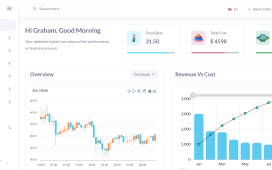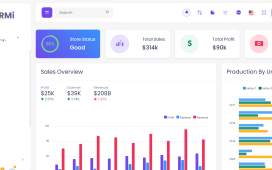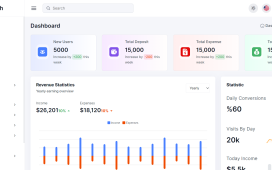Implementing a Signals Store in an Angular application involves creating a centralized place to manage state and events, enhancing the predictability and maintainability of your app. Angular, by design, does not include a built-in solution for state management akin to Redux in React. However, Angular developers often rely on libraries like NgRx, Akita, or NgXS for these purposes. A “Signals Store” can be akin to using observables to manage state changes and propagate them throughout your application. Here’s a basic approach to creating a Signals Store using RxJS, which is already part of Angular’s ecosystem.
Step 1: Setting Up Angular Project
Ensure you have Angular CLI installed. If not, you can install it via npm:
npm install -g @angular/cli
Create a new Angular project:
ng new signals-store-app
Navigate to your project directory:
cd signals-store-app
Step 2: Creating a Signal Store Service
Generate a service to act as your store:
ng generate service store
Open the store.service.ts file and set up a simple signal store using RxJS’s BehaviorSubject and Observable:
import { Injectable } from '@angular/core';
import { BehaviorSubject, Observable } from 'rxjs';
@Injectable({
providedIn: 'root',
})
export class StoreService {
private readonly _signals = new BehaviorSubject<any[]>([]);
get signals$(): Observable<any[]> {
return this._signals.asObservable();
}
private get signals(): any[] {
return this._signals.getValue();
}
private set signals(val: any[]) {
this._signals.next(val);
}
addSignal(signal: any): void {
this.signals = [
...this.signals,
signal,
];
}
removeSignal(id: number): void {
this.signals = this.signals.filter(signal => signal.id !== id);
}
}
This service uses BehaviorSubject to keep a private state of signals, which are accessible via the signals$ observable. The addSignal and removeSignal methods modify the state, which automatically updates all subscribers.
Step 3: Using the Store in Components
Inject the StoreService in your components to use the store:
import { Component, OnInit } from '@angular/core';
import { StoreService } from './store.service';
import { Observable } from 'rxjs';
@Component({
selector: 'app-signal-list',
template: `
<ul>
<li *ngFor="let signal of signals$ | async">
{{ signal.name }} - {{ signal.value }}
</li>
</ul>
`,
})
export class SignalListComponent implements OnInit {
signals$: Observable<any[]>;
constructor(private storeService: StoreService) {}
ngOnInit(): void {
this.signals$ = this.storeService.signals$;
}
}
In this component, you subscribe to the signals$ observable from the StoreService and use the async pipe in the template to automatically subscribe and unsubscribe, rendering the signals list dynamically.
Step 4: Modifying Signals
You can modify signals by calling addSignal or removeSignal from any component or service that injects the StoreService:
this.storeService.addSignal({ id: 1, name: 'Signal 1', value: 'Value 1' });
This approach provides a simple, RxJS-based state management solution in Angular without relying on external libraries. It’s a basic implementation and can be extended with more complex state management features as needed, like selectors or effects for handling side-effects.







Recent Comments